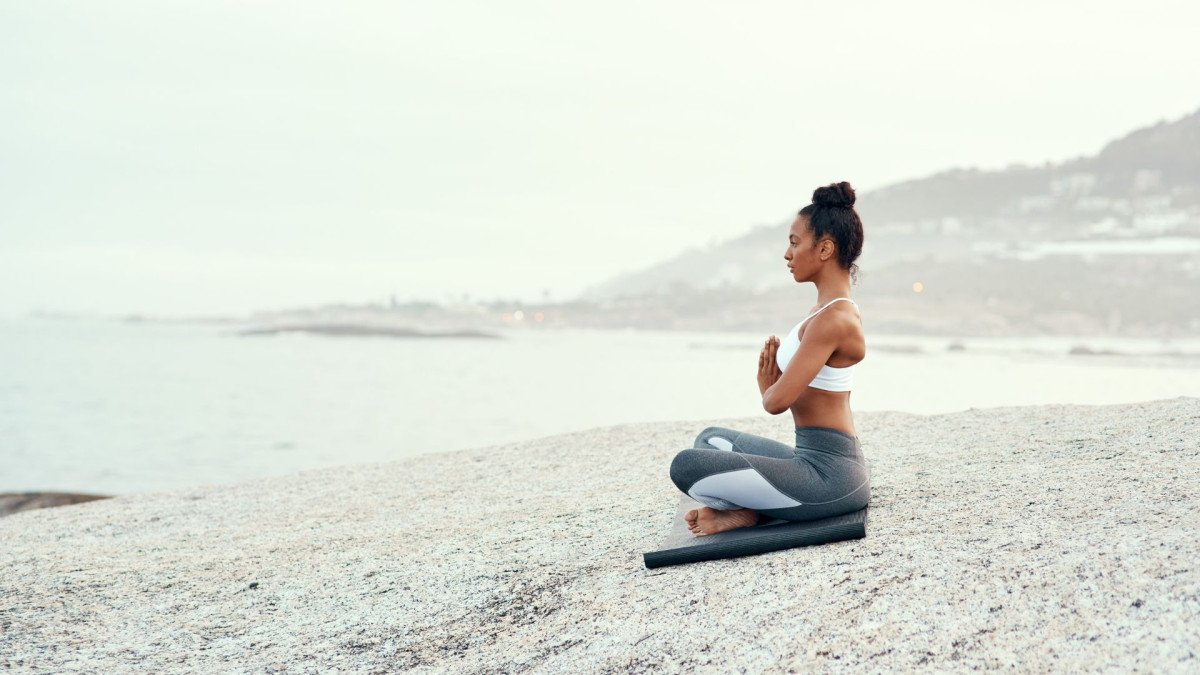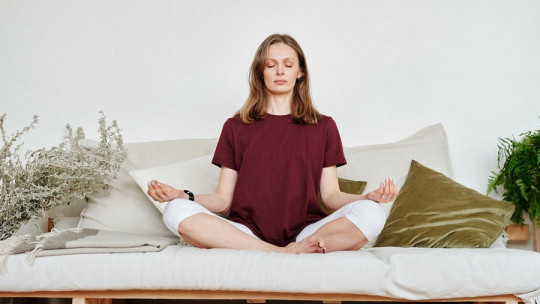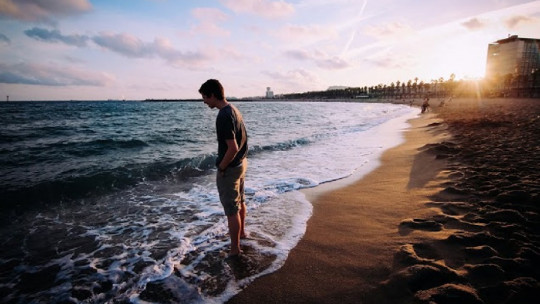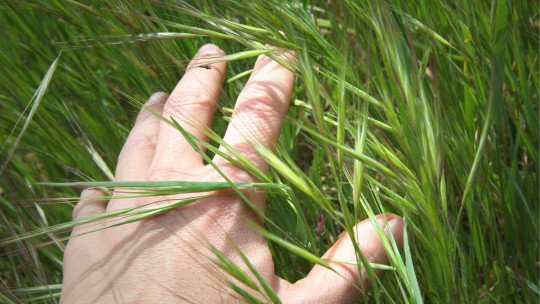
When we talk about tools for a good life, it is important to start from the breadth of this concept and the subjectivity it encompasses However, there are common elements that allow us to talk about a good life, a dignified, full and healthy life in most societies.
Enjoying the moment and having the possibility of delighting in the present and what is immediately available is directly related to experiencing emotions such as gratitude, tranquility and the ability to act freely and responsibly.
On the other hand, connecting with the environment and coexisting harmoniously with it, understanding the reciprocity that exists and the possibilities of creating meaningful and rewarding experiences through this relationship, is an indicator of well-being and good living. Likewise, being in sync with the body, staying vital, flexible, strong and agile, gives us a healthy life, which takes the human being to its optimal state and that makes it easier for you to cultivate your self-esteem and interact and transform your environment.
Additionally, the possibility of connecting with a purpose, acting from a greater good and the ability to feel deeply and connect with the experience in such a way that it transforms it, even when the emotions that appear are intense or painful, is synonymous with development and human well-being.
What does “wellness” really mean?
However, well-being or good living is not a new concept, it has been developed for centuries from philosophy, which gives us keys to experience this feeling. Hedonism is a concept that relates pleasure to well-being and maintains that pleasure guides people’s actions. Within the currents that developed it we find ideas such as that pleasure is a stable state or sensation, that its objective is to avoid suffering at all costs and that it is aligned with the social well-being of the majority.
With this context we can delve into strategies that contribute to experiencing this state, and although there are multiple ways to do it, Today we want to focus on the development and sharpening of the senses, since they are resources that we have available at any place or time and with which we can begin to work immediately and individually
The senses are specialized structures for the reception of chemical, mechanical or electromagnetic stimuli, which travel in the form of action potential, through a sensory pathway that is part of a large system of our body. This sensory system directly connects the outside, through the receiving organ, with the brain, which receives the information and reacts by returning an impulse with a message to the rest of the body.
The visual, auditory, somatosensory or tactile, gustatory, olfactory, vestibular, related to balance, and synesthetic systems make up this great system and allow the connection between the environment and the body. Light, sound, temperature, pressure, movement and chemical transformations, such as smells and flavors, activate our sensory system and from there we can judge whether the stimulus generates pleasure, satisfaction, comfort or enjoyment or if, on the contrary, it generates tension, discomfort, dissatisfaction or pain.
This entire system is related to a physical, bodily aspect, which provides us with information about the environment and also helps us to survive, however it is also directly related to well-being, a slightly more psychological aspect, as it is a state and not just a sensation. The senses and their stimulation generate emotions, memories, behaviors and habits.
Additionally, a wide perceptual field is more efficient for decision making, since it offers more information, resulting in decisions and, in turn, better consequences or results. On the other hand, Comfort is a state where our senses are stimulated in a pleasant way, bringing well-being to our body and our emotions, allowing us to enjoy the environment more, deepen the experience, incorporate it as a habit, learn and share the experience with others
As if that were not enough, the senses are complicit in the development of other cognitive processes such as attention, memory and motivation, affective processes such as love and friendship and emotional processes such as the feeling of security, attraction or confusion and joy.

How can we develop our senses?
So, if we understand that our senses are extremely valuable and are strictly related to our well-being and quality of life, it is useful to know strategies that allow us to develop, sharpen and enhance them and put them into practice in our daily lives consciously, but also as a lifestyle based on the delight that our environment offers. General strategies to develop the senses:
The fundamental activities to strengthen them
In addition to these ways of developing our senses, we can incorporate specific activities for each of them, like the ones I share with you below:
1. View:
The recommendations are the following:
2. Audition
The recommendations are the following:
3. Touch
Touch is a wonderful sense, since it is found around our entire body, and it allows us to understand characteristics of the environment for even survival purposes.
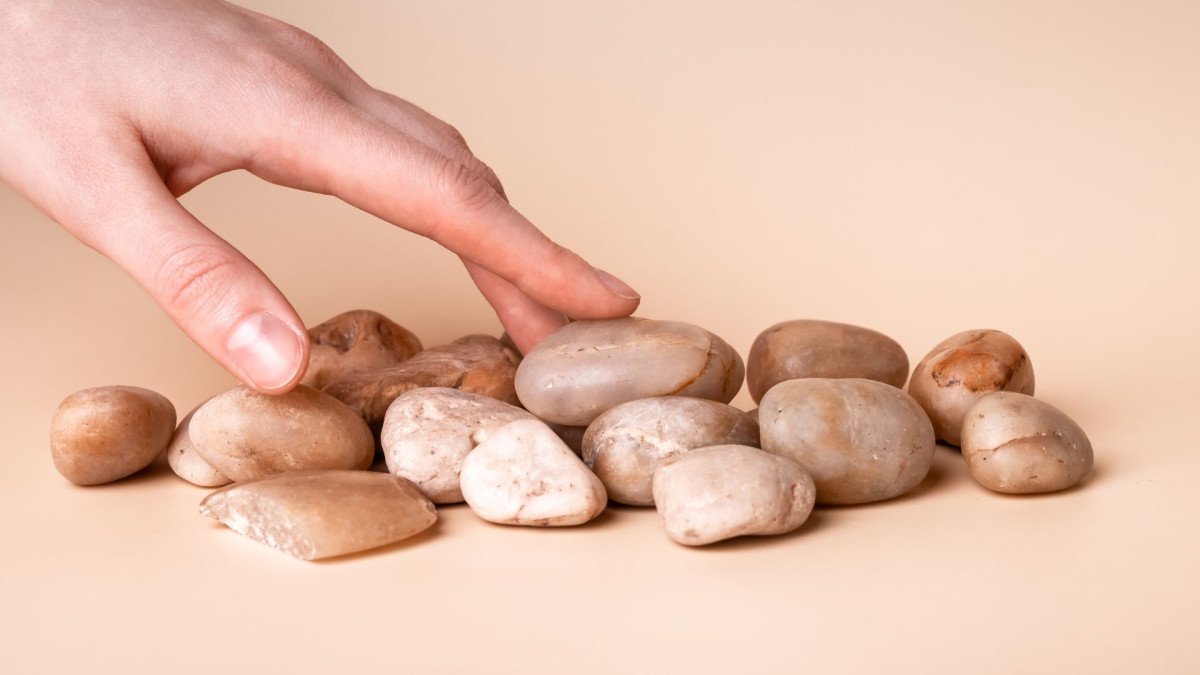
4. Taste
The recommendations are the following:
5. Smell
The recommendations are the following:
- Before tasting a food, try it first through your sense of smell. Close your eyes and enjoy its aroma, try to guess what ingredients make it up and focus on disaggregating the multiple fragrances.
- Play with smells, experiment with different fragrances on your body. Each one of us has a particular smell, so mixtures with perfumes and fragrances are unique.
- Use natural essential oils that are subtle and gentle on your nose.
- Try to recognize the smell of the places. Play by labeling each place you reach and each person you meet with a smell.
- Find the fragrance of nature, stop to enjoy the aroma of the flowers, the breeze, the water.
- Take care of your respiratory system. Look for places with clean air. Avoid walking through high-traffic places during rush hour without some protection that filters the air.
- Practice conscious breathing.
6. The vestibular or balance
The recommendations are the following:
- The practice of yoga promotes balance and flexibility.
- Practice balance exercises, such as standing for a few moments on one foot while covering one of your eyes. Repeat alternating foot and eye.
- Develop precision games, such as throwing darts or shooting balls.
- Incorporate vestibular rehabilitation exercises into your daily life, for example, moving your head from side to side with your eyes closed, walking on soft or uneven ground, walking in a straight line alternating one foot just in front of the other.
- Follow circuits or visual routes.
- Knit or develop hand-eye coordination activities.
- Handwrite.
7. The somatosensory
The recommendations are the following:
- Promote physical activity circuits, which include jumping, strength, coordination, and dragging.
- Exercise and strengthen the muscles and spine.
- Practice activities such as driving, cycling or dancing.
- Learn to play an instrument or follow the music by clapping or applauding to the rhythm of the melody.
- Paint on large surfaces that require coordination of the eye, arm, spine and, if possible, the entire body.
- Practice theater or dance where body movement is required in a coordinated and articulated way with language.
Conclusions
As you can see, there are multiple resources and strategies that you can incorporate into your daily life, and in addition to being necessary to connect with your body and your environment, they will help you feel better, work on your bonds and connect better with your emotions, purpose. and immediate reality.
Sharpening your senses is an exercise that you can develop in the privacy of your daily life and that requires nothing more than your willingness and knowledge although of course you can always find specialized professionals who can help you create a complete action plan that allows you to incorporate habits of mindfulness, self-knowledge, exploration and development of your senses.
In my case as a therapist, I have been incorporating sensory sharpening practices into my consultations, since I have been able to see how the senses are doors to emotions, thoughts and behaviors and are also resources that help transform perceptions and actions, which are At the end of the day, the inputs that allow us to relate to ourselves and others.
Something that we cannot forget since it is key is that the development of our senses or sensory sharpening does not refer to overstimulation, it is not about saturating ourselves with elements, on the contrary the invitation is to sensitize us to be able to appreciate the subtlety. and delicacy in stimuli. Our body has sensory thresholds, as well as pain thresholds, as we bombard them with stimuli we lose sensitivity and begin to need more and more stimulation, while If we sharpen our senses, our sensitivity will be greater, and in the face of soft stimuli we will be able to generate sensations in our body and discover the magic of the world around us through our body and in this way contribute to our self-realization, full development and satisfaction
